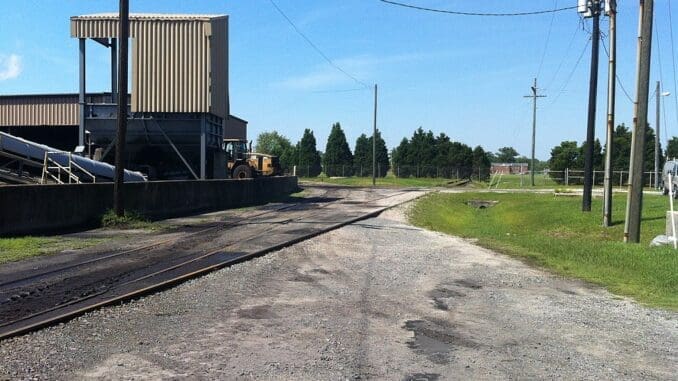
The US Marine Corps Base of Camp Lejeune in North Carolina’s Onslow County came into existence out of necessity. Around the time, World War II had been raging in Europe for over a year. It was clear that the US would also have to enter the fight.
This highlighted the need for an amphibious training facility on the East Coast. The US Navy purchased a massive 110,000 acres of land to be used as a training ground for the military. Though work on the Camp started in 1941, the Base was ready for use by the end of 1943.
Thousands of military servicemen settled down at Camp Lejeune with their families. All seemed to be going well for decades until a major crisis appeared. Little did anyone know at the time that Camp Lejeune would go down in US history as a fateful site for public health crises.
In this article, we will discuss all about the Camp Lejeune tragedy that affected nearly one million people.
What Happened at Camp Lejeune?
The period between 1953 and 1987 could be called the calm before the storm for Camp Lejeune’s residents. For nearly three decades, the water supply tanks located on the Base were delivering toxic water to the homes.
Three of the eight water tanks across the Base were affected – Hadnot Point, Holcomb Boulevard, and Tarawa Terrace. It was later found that the water in these tanks had Volatile Organic Compounds or VOCs released as by-products from an offside dry cleaning enterprise.
Now, VOCs are compounds that can easily turn into their gaseous state (be it liquids or solids). Since they do not have a distinct odor or taste, residents could not detect any contamination in their water. What’s even more alarming is that external exposure to these chemicals also carries health risks.
As per the US Environmental Protection Agency (EPA), health effects associated with VOC exposure include liver or kidney damage, headaches, loss of coordination and nausea, allergic skin reactions, and throat or nose discomfort.
The Gruesome Aftermath of the Incident
Camp Lejeune water contamination was detected in 1982, but the three water supply tanks were shut down only in 1985. The investigation at the time had not revealed the extent of damage chemicals like perchloroethylene and trichloroethylene could cause.
In the years that followed, it became painfully clear that the water contamination’s repercussions were far-reaching and deadly. As per TorHoerman Law, residents of the Base suffered from life-threatening conditions like bladder cancer, leukemia, non-Hodgkin’s lymphoma, kidney cancer, multiple myeloma, and Parkinson’s disease, among others.
Under the Obama administration, the affected people were offered free medical support. Numerous residents succumbed to their injuries; some were as young as nine years old.
Victims demanded answers from the Navy as well as the justice of the Federal court. President Joe Biden permitted them to seek compensation for their injuries through the Camp Lejeune Justice Act (CLJA) of 2022.
The Ongoing Struggle for Legal Justice
Under the CLJA, the government laid down its sovereign immunity for a fair Camp Lejeune lawsuit payout per person. However, all victims had to first file administrative claims. Lawsuits could later be filed in case of no claims resolution within six months.
Since the CLJA’s passing, there have been several ups and downs in the journey to legal justice. Initially, the Navy was attributing the delays in settlement to a dearth of staffing and funding. Gradually, it introduced the Elective Option or voluntary settlement program in September 2023.
The plaintiff’s counsel argued that this program was only suitable for cases where it was difficult to directly connect the claimant’s injuries to the Camp’s waters. Otherwise, straightforward cases involving multiple injuries would not benefit much from the Elective Option.
As of now, a total of 170,000 claims have been filed, apart from at least 1,500 lawsuits. Since this litigation’s statute of limitations extends till August 2024, more claims will turn into lawsuits in the upcoming months.
Even now, the Elective Option is not working in any party’s favor. In the past two months, the government has only been able to qualify a few hundred cases. Even then, nearly half of them were either rejected or expired. At this rate, it may take years before all cases are settled.
Moreover, the Camp Lejeune litigation will not have a jury trial. So, attorneys are placing their hopes on bench trials where a judge will give the final verdict for individual cases. Camp Lejeune is one incident where the victims are paying a heavy price even after decades of the actual event.


Be the first to comment